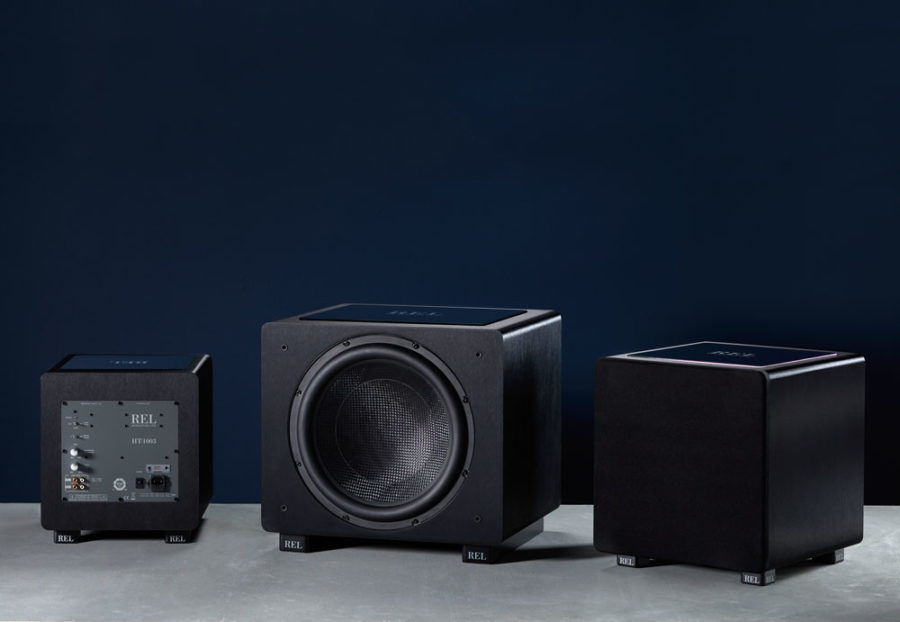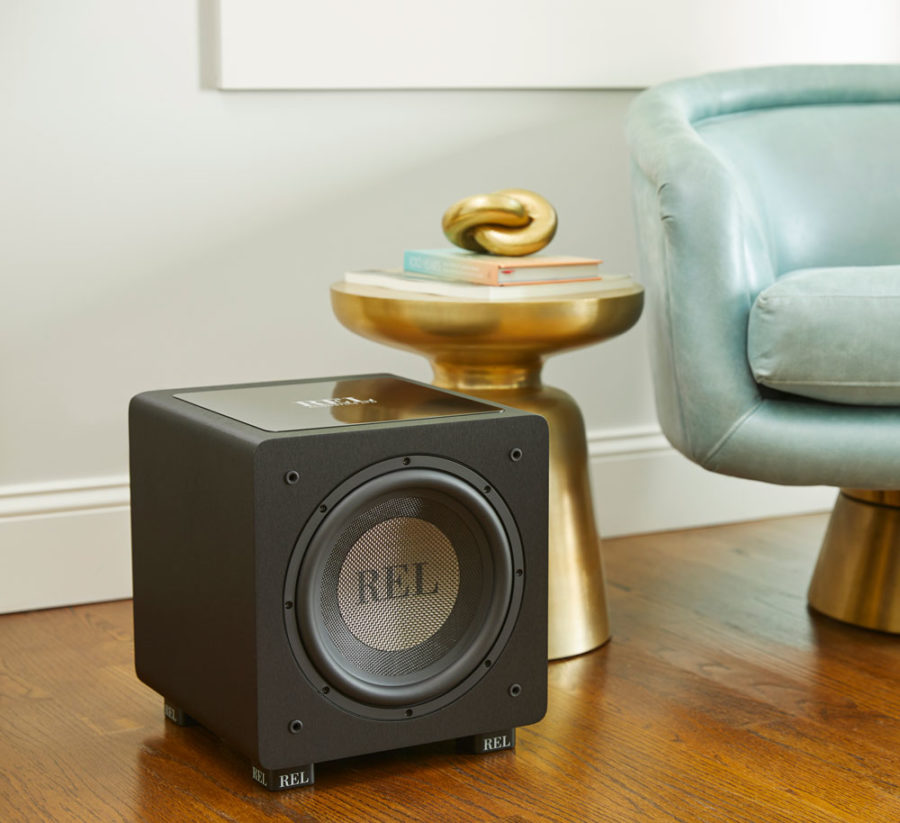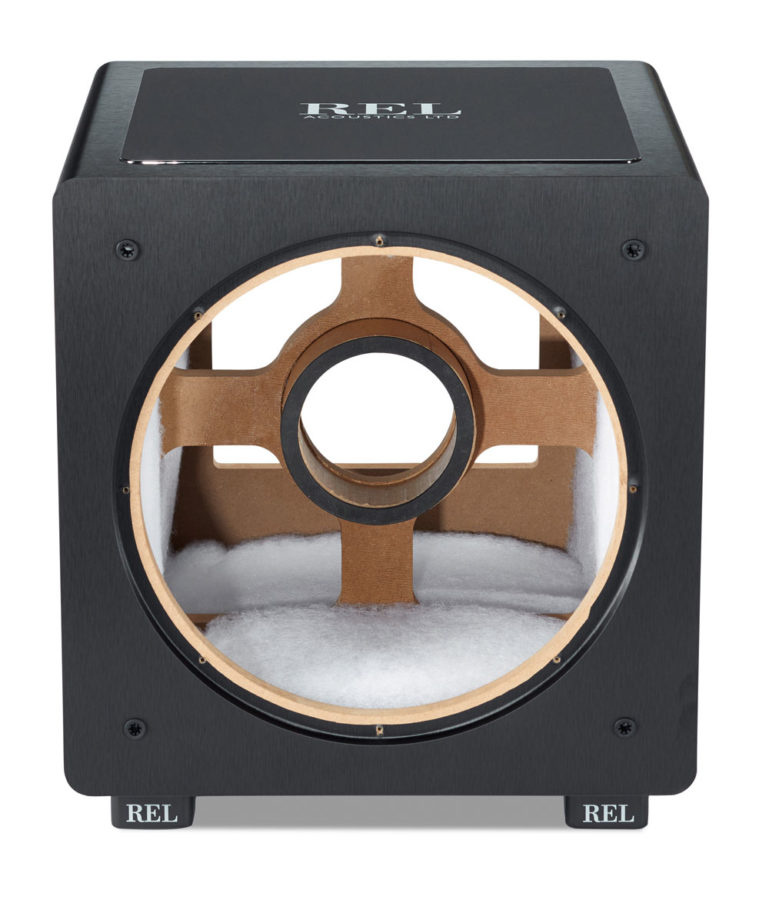Blog
Serie HT, Why we Set Out to Build a Pure Home Theatre Sub (and made music along the way!)

The origins of how and why we set out to make a dedicated home theatre sub go all the way back to the late ‘90’s. I was teaching MASTERS, a method I developed to set speakers up quickly and accurately through my many miles on the road running Sumiko, which had identified and brought remarkable brands like Sonus Faber, Pro-ject and REL to the North America market. During these years traveling to retailers across the country I consistently heard positive comments about this subwoofer or that subwoofer and it seemed then as it often does now, the only relevant subwoofer criterion for some was the ability to play extremely loud. RELs of that era played nowhere near as loud as modern RELs have for the past decade or more, but back then, the one thing the naysayers could point to was that the competition played very, very loud. I told them then, and a few years back we proved the statement to be true, that playing loud was a good thing for theatre, but the hard part was to play loud while keeping up the speed.
I maintained then–and set out to prove to my younger self that I was right– that extreme output needn’t be incredibly expensive, but one had to achieve several qualities to make a truly great theatre subwoofer. Hollywood loves to setup the biggest scenes by forcing you to lean in, so just prior to one of these bombastic moments, they will set it up by a quiet, peaceful scene designed to make you listen carefully. You see, a great theatre sub MUST have the ability to startle, which requires both great loudness but also instantaneous start/stop capabilities. This required an unusual combination and meant that our drivers needed to be light, quick, and reactive and cabinets that could control the violent shaking and extreme throw distances of ultra-long throw woofers. And we had to do it on a tight budget, which always adds to the degree of difficulty.
First up was power, lots of power for not much money. We chased up a new supplier who had proven to us they had experience achieving those types of goals with our fixation on reliability. I decided on a “small” 10” driver with a powerful 300 watt amp in a compact enclosure for our starter model and named it the HT/1003 (10” driver, 300 watt amp), pronounced ten-O-three.

A 10” driver is a wonderful thing to a designer because it’s small enough to be able to package into a compact form, yet big enough to pack a wallop sonically. To keep things quick, we went with fiberglass for the majority of the cone’s surface but stepped up to true carbon fibre for the center cap that stiffens and keeps the cone tidy when things want to get sloppy.
The formula repeated itself in the HT/1205 (pronounced twelve-O-five) with a 12” variation on the theme and a beastly 500 watt amp. Later on, after discovering how incredible the first HT’s performed, we went in deep and produced a 15” version with a 1,000 watt amp that we then limited to 800 watts for reliability. We were cruising along quickly on this project, what could go wrong?
Not much as it happened, this project came together incredibly quickly due to the fact that we’d had plenty of time over the past 25 years to think our way through these things. The challenge came down to two really sticky issues; first, how do we make a rigid, but well-damped box without breaking our budgets and second, what do we need to do to feed the right “type” of signal to the amp to get the explosiveness we needed?
Here again, it’s not that everything in a great theatre sub has to break new ground, but look around at our lineup where a T/5x with 125 watts and a high quality 8” driver coexists side by side with the HT/1003 with 300 watts and a 10” driver. Yikes! Clearly we couldn’t go the whole “5 double coats of lacquer plus our expensive High Level Input” route. Since we already build an entire universe of options that include various versions of our High Level Input (this refers to our ability to connect directly from the speaker terminals of your main power amplifier) we made the decision to leave this off since our customers already have the ability to mix these units in to a dual duty home theatre/high quality music system and gain an HT/3D system in the bargain. That freed things up and saved over $150 (£120).
But there was that whole pesky business of creating a cabinet that was affordable, good looking (in a sort of commando team-does-home-theatre brawny, stiff jawed way) and well damped to better control all that crazy vibration we were creating.

And we couldn’t do our usual build it like an anvil and they will come approach because there simply wasn’t the budget available to do so. In the end, we modified a traditional Window pane Brace, named because it bears a striking resemblance to one. But we extracted two additional benefits. A windowpane brace is brilliant because it simultaneously provides damping to all four cabinet walls (top/bottom/Left/Right). But they sound awful when executed conventionally because the center junction usually is directly behind the driver and the high velocity air exploding out the vent in the middle of the magnet smashes into the brace and makes a ton of noise. So, we created a much larger center junction point, one large enough to drill a giant hole through. We lined it with felt and had the rear of the magnet seat into this felt-lined aperture, thereby supporting the entire rear of the driver and eliminated shipping damage. As a bonus, the vent now had a clear pathway all the way to the rear of the cabinet without obstruction. Cost to build this little miracle? It added about $10 to the final price of the cabinet and saved around $200 in the final design.
Filter design is one of our dark arts, the way we execute crossovers is simply put, special. We wound up making several choices specific to maximizing the performance of the .1/LFE channel ONLY. We’re not going to bore you with it, but there are several specific qualities we identified as necessary to deliver the OMG experience we all want and expect from home theatre that are present ONLY in our HT range.
In the end, I very much hope that you and my 25-year younger self are satisfied (I know he is). Home theatre is a unique subset of subwoofer performance and one we’re so pleased to have explored and then shared with all of you. It’s the fastest growing range REL have ever brought out and we owe it all to you, because without wonderful friends like the ones we make along the way who take a long, thoughtful look before plunking down their hard-earned money, we couldn’t have all this fun. HT is now an amazing piece of REL’s story and I promise you, we plan to keep working just as hard on improving this portion of our line as we do for our traditional ranges.











